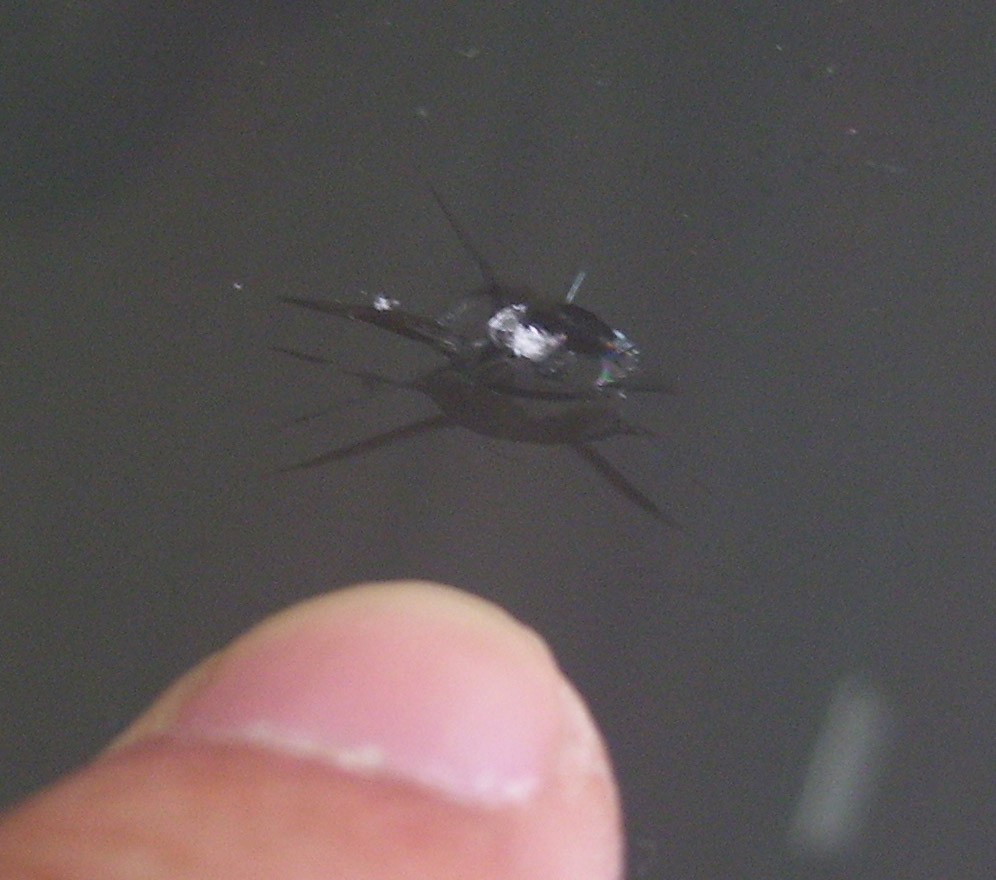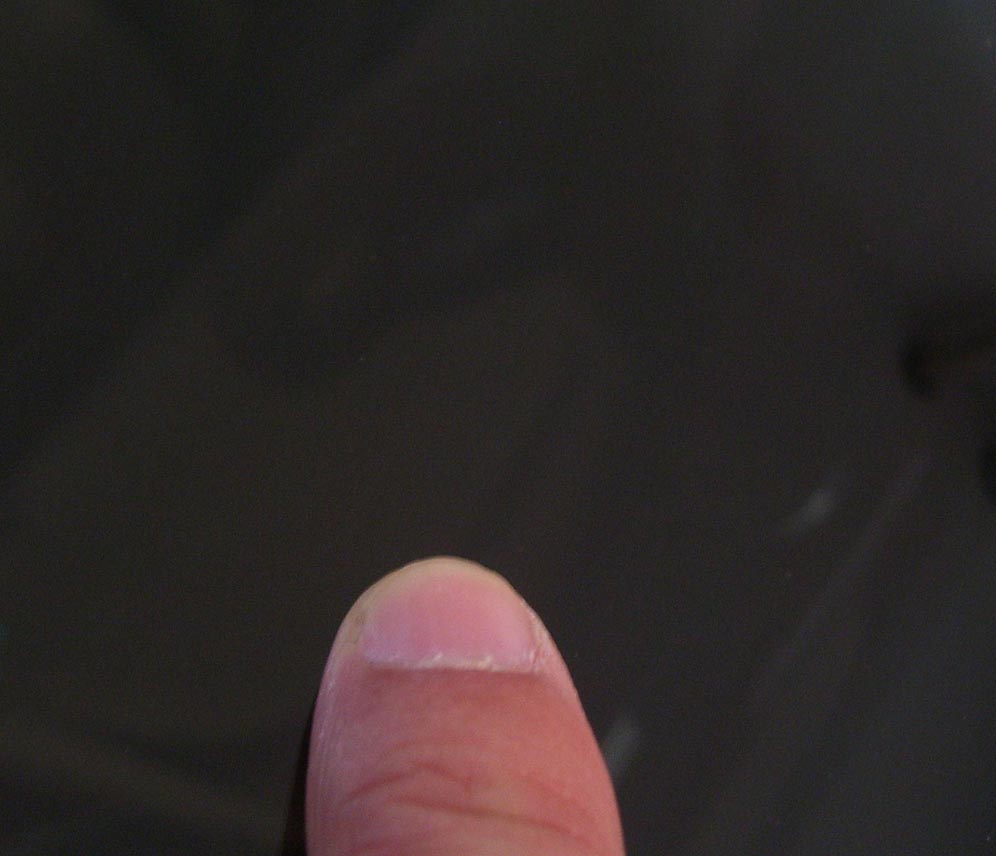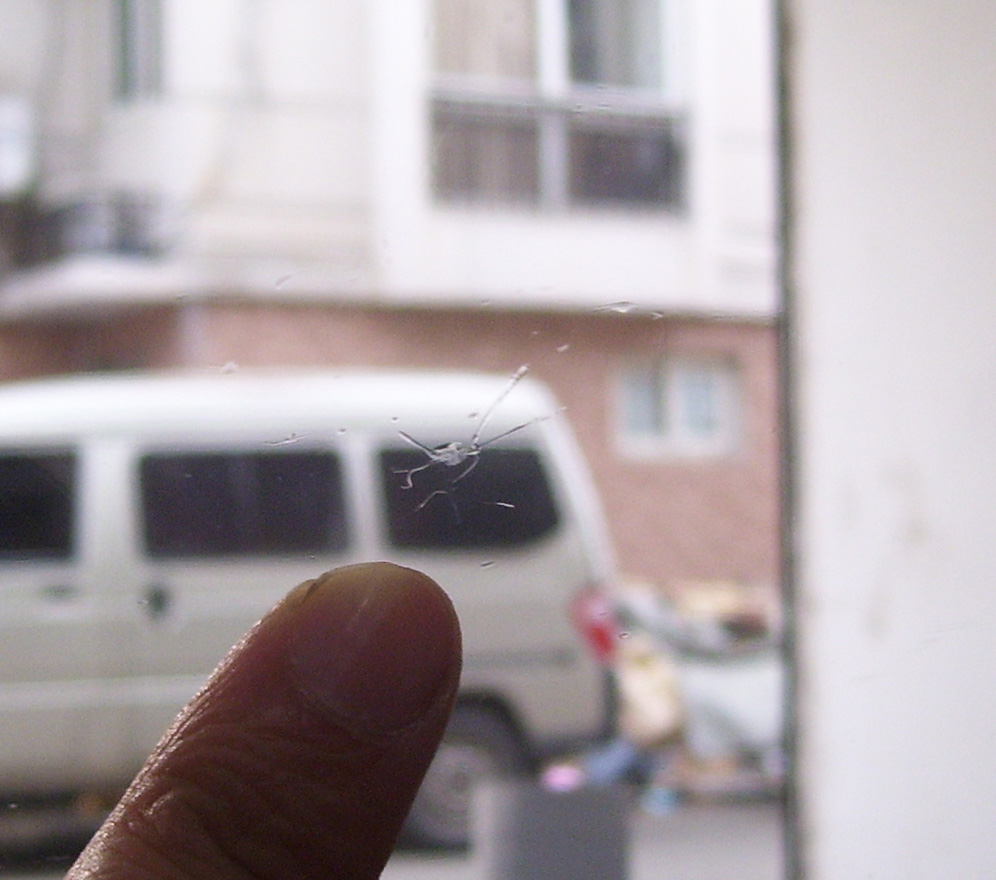Page 1 of 1
Which resin is better when viewing inside the car?
Posted: May 9th, 2014, 6:13 am
by BrightFastWSR
Hi Everyone, I've been repairing windshield for about 3 years. Sometimes I met a few car owners who hope better appearance on the repaired break when looking inside the car. The photo below is one repair I've ever done:
photo taken outside the car before the repair:

- br.JPG (176.56 KiB) Viewed 1002 times
photo taken outside the car after the repair(hardly can be seen outside the car):

- aro.JPG (80.17 KiB) Viewed 1002 times
But, when sitting in the car, the break still can be found easily.
[img]

- AR.jpg (212.27 KiB) Viewed 1002 times
[/img]
However,I have ever seen other repairs can not be found easily even sitting in the car by other technician use a different resin, is there anyone can recommend me the resin that can have a better appearance even viewing inside the car? Thank you

Re: Which resin is better when viewing inside the car?
Posted: May 9th, 2014, 7:41 am
by Mr Bill
The purpose of windshield repair is to "prevent the damage from spreading and to make the damage appear less visible."
Every chip is unique.
No two are the same.
There is absolutely no way of predicting how visible or invisible it will appear after it has been repaired.
Even if you replace all of the air in the break with resin, there will still be some refraction along the edges of the crack legs, and a large pit will appear fuzzy.
A good rule of thumb is to tell the customer that it will be 80 to 90% less visible after the repair.
Ask them if they would be happy with that result.
If you try to sell invisible repairs, you cannot win.
Re: Which resin is better when viewing inside the car?
Posted: May 9th, 2014, 8:41 am
by EMCAutoGlass
I agree with Mr. Bill. Always ask them how old the damage is also. The older it is, the greater chance that dirt has gotten into the break and it can't be removed, which results in a less appealing repair, but will still be strong while restoring the structural integrity, keeping it from cracking, and ultimately avoiding replacement. ALWAYS give the customer expectations up front before starting the repair. 80-90% improvement is reasonable, and repairs (especially fresh ones) are usually better that. This gives you the opportunity to underpromise and overdeliver. When viewed from different angles, some repairs become more/less visible, and it's important to stress to the customer that the break is completely filles, won't crack, and you'll address any issues that may arise in future. When a customer asks if they'll be able to see it when I'm done, I go into my shpiel and also tell them no one can produce a completely invisible repair. If so, they would be a multi-millionaire.
-Marty
Re: Which resin is better when viewing inside the car?
Posted: May 9th, 2014, 9:25 am
by Mr Bill
It is vitally important to set the customer's expectations before you begin the repair.
I once did a repair on a combo chip that was the size of a 50 cent coin. The pit was huge and contained pulverized glass.
After the repair, the customer said "I thought it was going to disappear. I have seen other chips repaired and they disappeared"
But you and I know that "every chip is unique and that results can vary greatly, even though you may have replaced all of the air in the break with resin.
I gave him a free repair because I had failed to set his expectations before I began the job.
Never argue with stupid people, but make sure you let them know what to expect before you begin the repair.
Re: Which resin is better when viewing inside the car?
Posted: May 9th, 2014, 9:32 am
by screenman
From where I am sitting that repair shows signs of too much pressure being used when filling, also one leg to the bottom left is not filled. Did you dry out? did you cool down and did you use any heat when filling.
Very easy to simulate this effect on a practise glass.
Re: Which resin is better when viewing inside the car?
Posted: May 9th, 2014, 1:33 pm
by bill lambeth
What i see is possibly to much heat and pressure . The repair is milky looking and that is a dead giveaway for to much heat. As far as the legs , it is hard to say from a picture whether the legs are filled or not ! That picture is straight on and not a profile !
Re: Which resin is better when viewing inside the car?
Posted: May 9th, 2014, 6:40 pm
by BrightFastWSR
I did not heat the windshield at all because it was sunny day and the break was dry, so I repaired straightly. You can see from outside view photo the break was disappeared after repaired, but from inside view you can still find it. You know, if it is due to high pressure, it seems inevitable since the break usually very thin, the resin will not flow into completely if the pressure is not enough. The only reason I suppose is the resin. Can anyone show me a picture you repaired from a inside view and let me know what resin you're using? Thank you

Re: Which resin is better when viewing inside the car?
Posted: May 9th, 2014, 10:20 pm
by Brent Deines
I agree with the others that it appears from the photo that there was delamination, typically caused by excess heat and/or pressure. How old was the windshield? That can also be a factor. The tip of one crack also appears not to have been filled to the end as previously noted.
I could be wrong but i think what the others are trying to say is that this does not appear to be an issue with the resin. Frankly most resins, whether clear or lightly tinted, will look about the same when a repair is first completed. Even water, WD-40, baby oil, or any number of other liquids will be invisible, or nearly so, when the air space in a damaged windshield is properly filled. What is visible is air, moisture mixed with water (cloudy), contaminates, or as it appears in this case, where the resin has apparently seeped out between the outer layer of glass and the PVB laminate, the same thing that causes a pressure ring on a bullseye. Again, the brand or type of resin would not likely make a difference in this case as anything that seeps between the glass and the PVB will look this way.
There are several possible reasons the completed repair looks different from the inside looking out vs the outside looking in. The dark interior of the vehicle vs the light sky is one, the fact that the repair is on the exterior of the glass is another. Camera angle and focal point, reflected light, if the repair is in the shade band, and other factors can also make a significant difference in the appearance. If you have ever shot a video of a crack repair you know that from one angle a properly repaired crack will appear to have disappeared completely, while from another angle it may still be quite visible.
You have not said what kind of resin you are using but my guess is that has nothing to do with the appearance of this completed repair. We can speculate on the cause but from a photo I don't think anyone can say with 100% confidence what the "exact" cause was. However that watery look around the edges certainly looks like mild delamination, which is why the others are citing heat and pressure as possible causes.
One final comment. Pressure is not the only factor that determines how well a crack fills. If you are able to effectively remove the air and the resin has a good wicking action, very little pressure is required to fill even the tightest of cracks. One should not assume that because a crack is not filling correctly that more pressure is required and too much pressure can most assuredly cause a problem like the one you have shown in the photograph.
Re: Which resin is better when viewing inside the car?
Posted: May 11th, 2014, 3:40 am
by BrightFastWSR
Thank all of you very much for all answers related to my question, I will see if the inside looking will be better if I put appropriate pressure in it.

Re: Which resin is better when viewing inside the car?
Posted: May 17th, 2014, 10:02 pm
by benswindshieldrepair
I've noticed that a lot of repairs I do on older chips will show more distortion than on more recent chips. I think that over time, delamination occurs in the chip and any good resin will fill the void that delamination causes. This is where it is extra important to do pre-inspection of the chip and explain to your customers what to expect from your repair.
